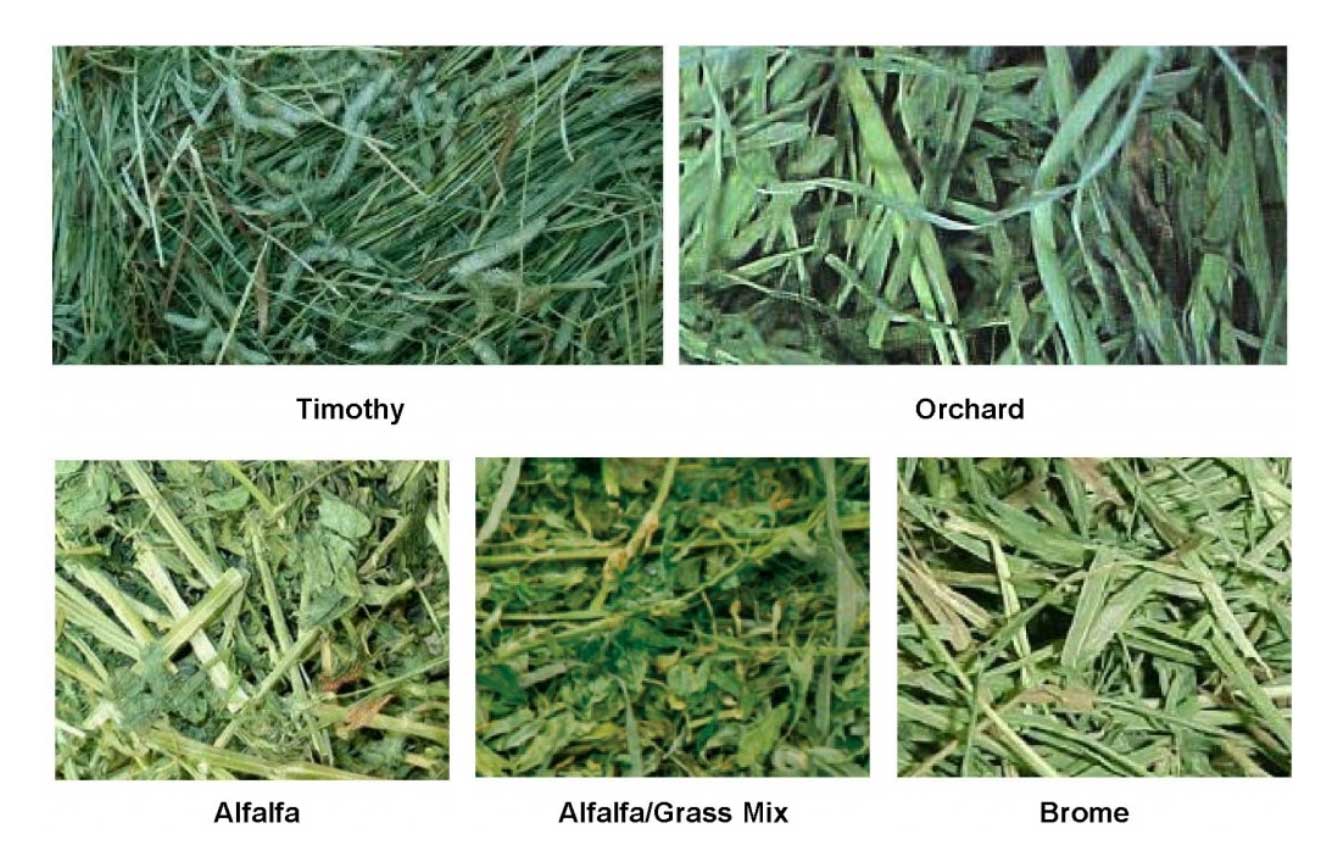Hay and Straw Basics
Some people do not know what they are shopping for when choosing what type of hay to purchase. What is the difference between straw and hay? What is the difference between species of grass? Decide your application and step into our classroom here and learn a few basics of Hay.

IT MIGHT BE ABOUT THE CUT
Many people do not realize that the cutting of the hay may be more of a factor than any. Hay is often cut three or more times each season. The first cutting in any cut will have thicker stems, perhaps have flowers (usually called tassel), and is the highest in fiber of any cut. The second cutting is softer, greener, has a higher protein but lower fiber than first cutting. Flowers and stalks are usually not present, just leaves. The yield per acre will be far less than first cutting.

STRAW OR HAY
If you are planning to feed it, then you are looking for hay. If you are seeding a lawn or looking for bedding, then you are looking for straw. Straw is the stalk of a cereal grain crop such as oats, barley, rye or wheat. Straw must be seeded annually while hay is a perennial grass crop; hence straw usually comes at a higher price due to planting costs. Straw is usually a cleaner product from a weed point-of-view for mulching, but straw will not readily breakdown and may require multiple mowings or manual removal if used for seeding lawns.

SPECIES OF HAY
The different hay species provide nutrients in different quantities. For example, timothy is high in protein while canary grass is high in fiber. Some plants are single blade grass species such as timothy while others are leafy legumes such as alfalfa, seen here.
HAY AND STRAW PRODUCTS
Click below to learn more
